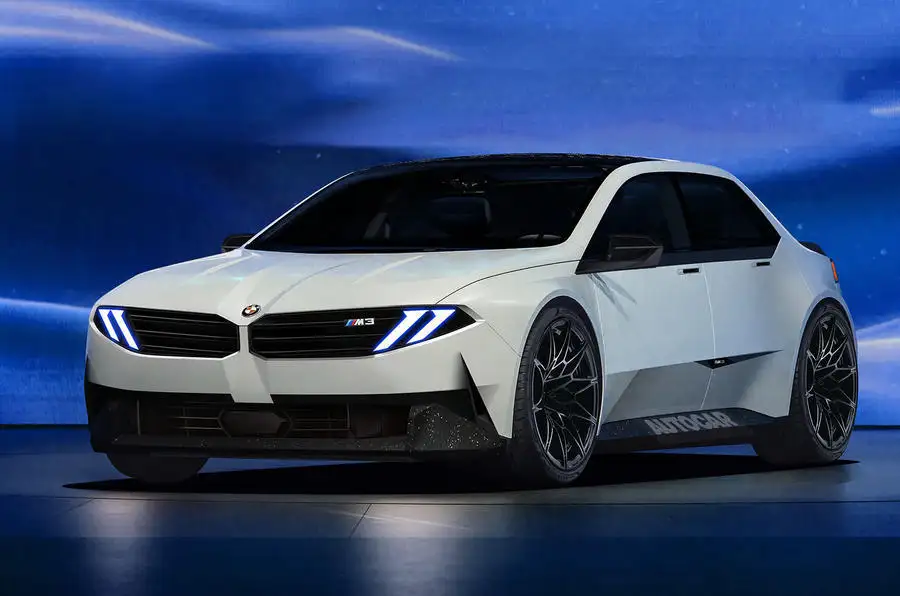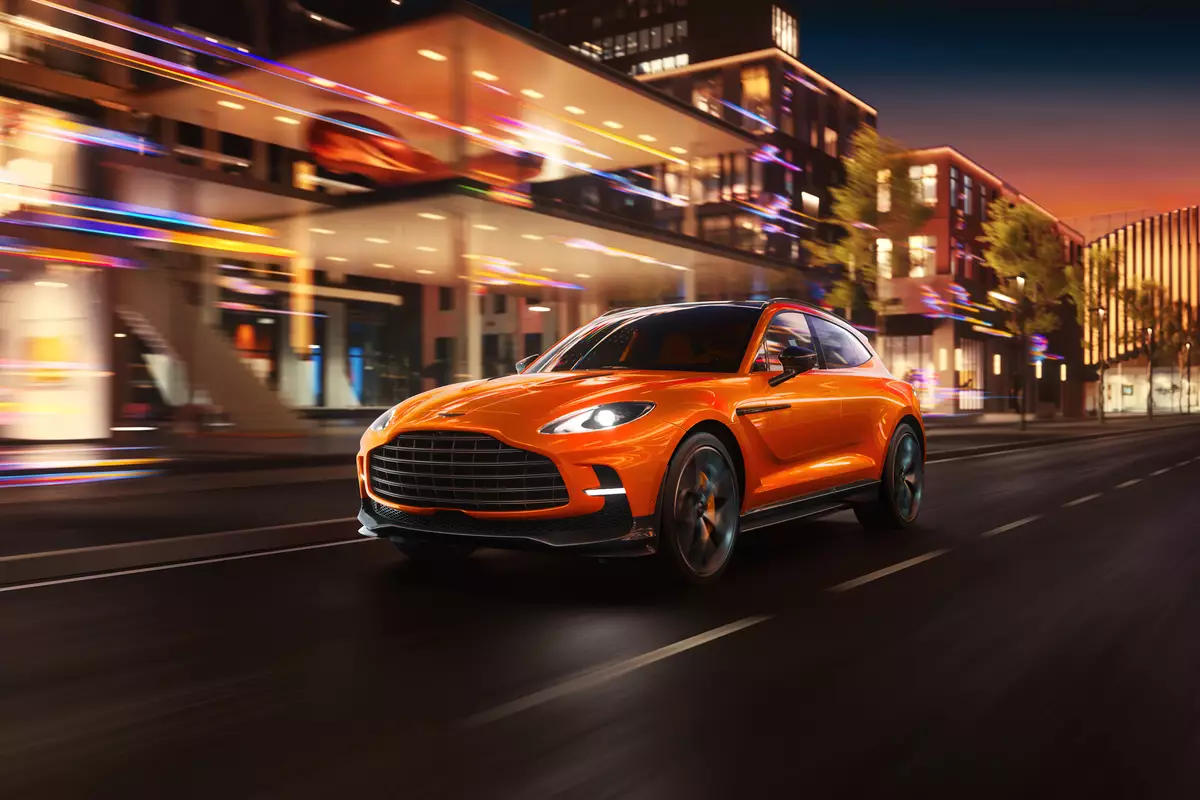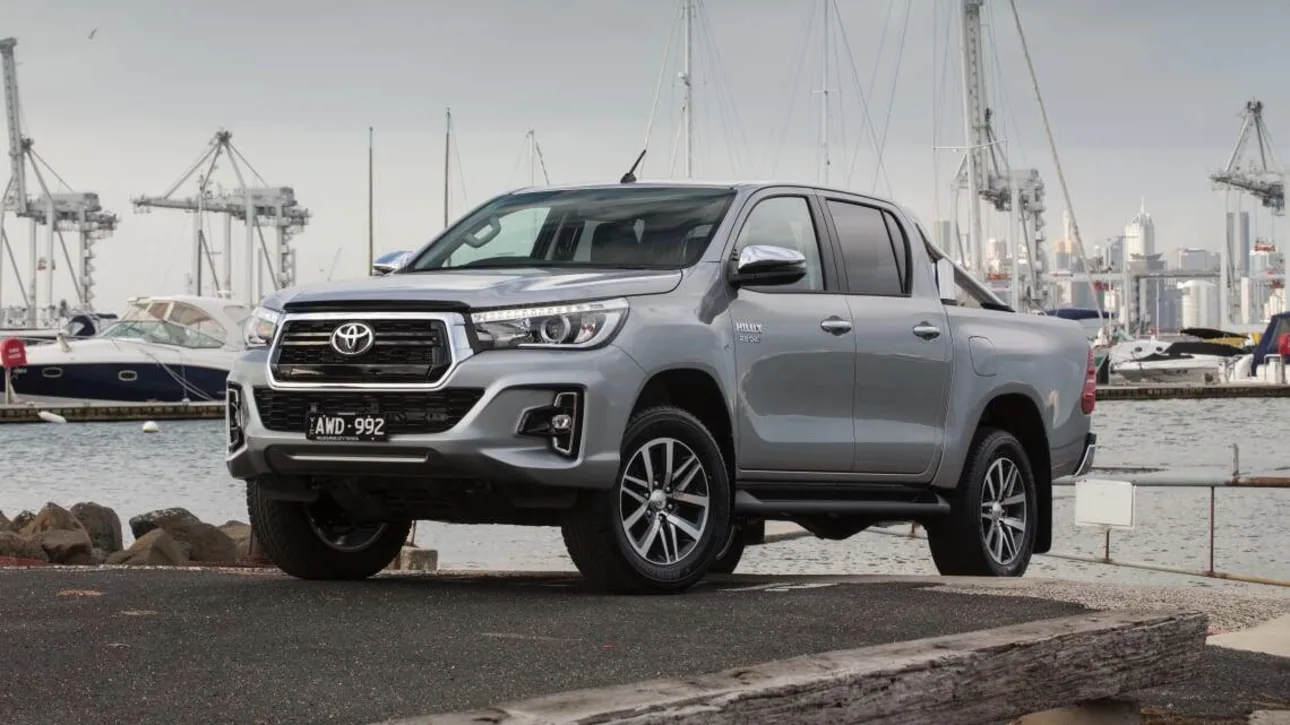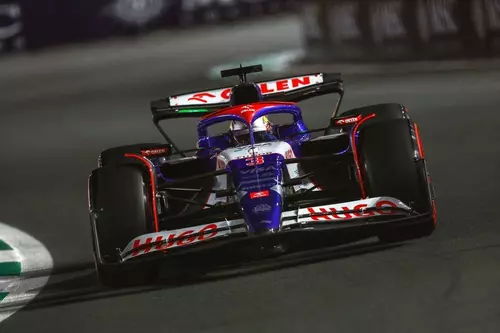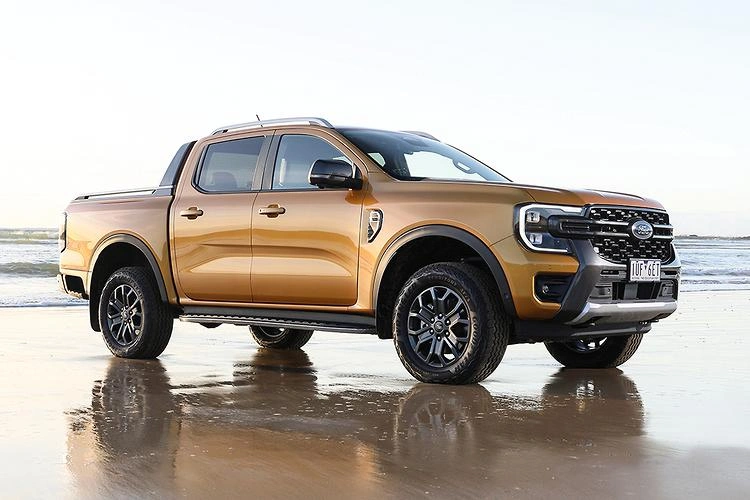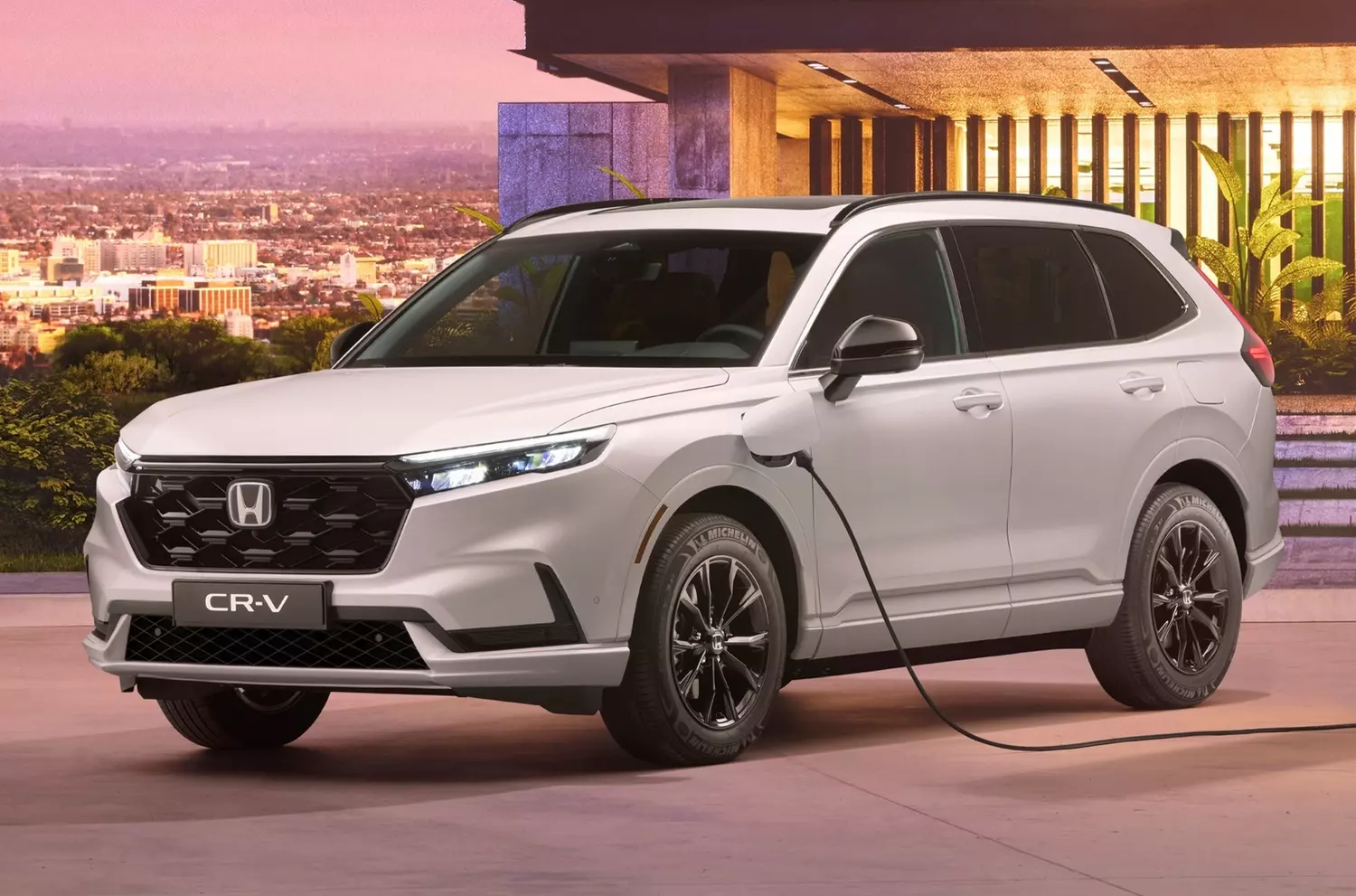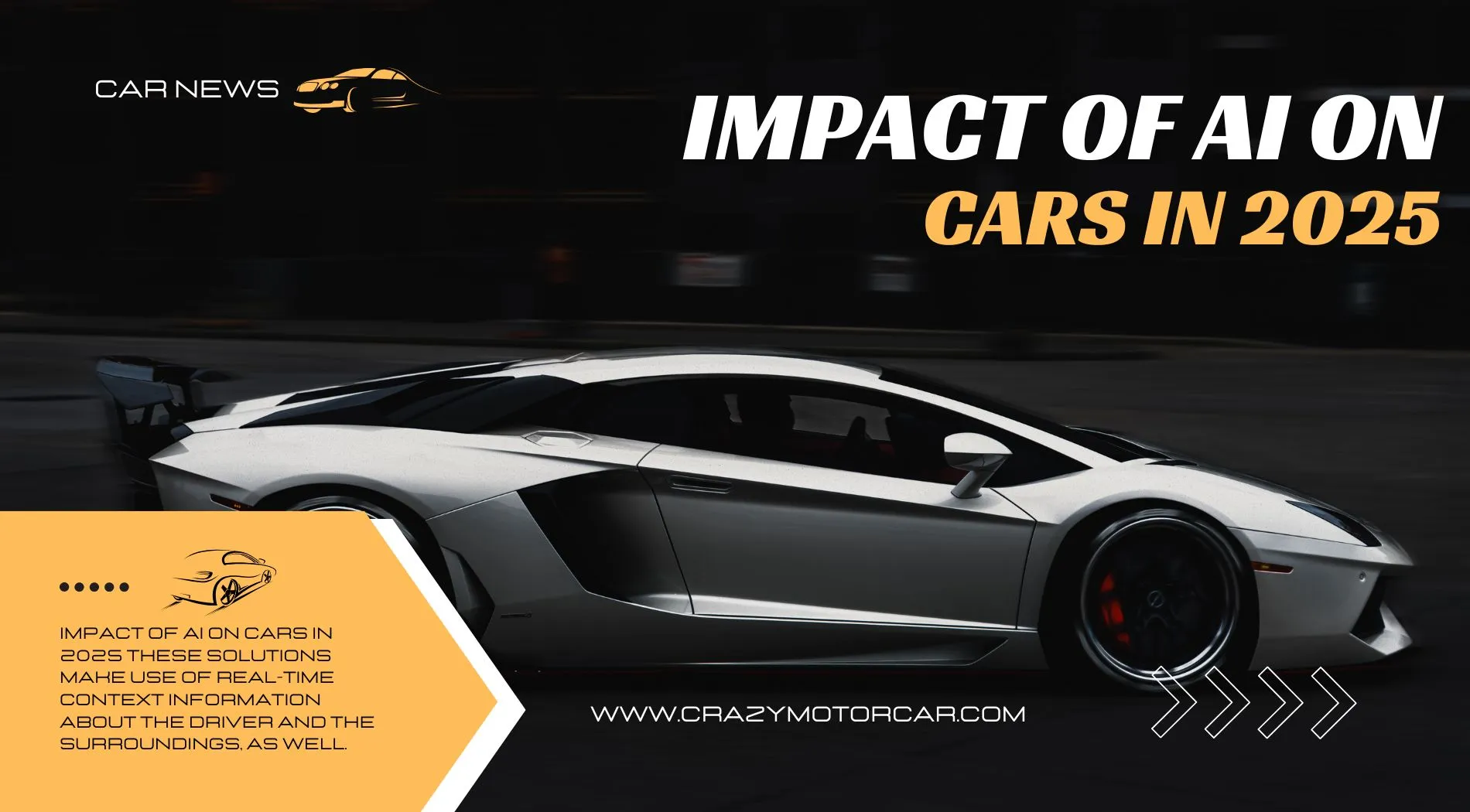It was unlike anything that had ever been produced, but it would take another thirty years for the technology to gain wider acceptance. Pop-up headlights gained popularity in the late 1960s and early 1970s, when manufacturers such Porsche, Lotus, Ferrari, Triumph, and Triumph adopted the style.
By 2004, the Lotus Esprit V8 and Corvette C5 were the only mass-market vehicles produced with pop-up lights. They were eliminated by pedestrian safety laws on both sides of the Atlantic, and their aerodynamics were also negatively impacted. Here, we look back at 50 of the best car designs with hidden headlights; the most are obvious, but there are a few twists on the concept. Fasten your seatbelt.
Cord 810 (1935):
The first front-wheel drive car made in the United States was the Cord L-29, which debuted in 1929. After six years, Cord created another first: the 810, a vehicle with pop-up headlights. The 810 was manufactured until 1940 and had a hand-cranked mechanism that used the landing lights from a Stinson aircraft.
Buick Y Job (1938):
Though the Venus Bilo, sponsored by Volvo, was developed five years before the Y Job, it is generally accepted that the latter was the first true concept car. Pop-up headlights, one of the numerous futuristic features of this dream car created by Harley Earl, were not available for the Swede.
Maserati Ghibli (1966):
Introduced concurrently with the Lamborghini Miura production, the Ghibli marked the beginning of a series of Maserati vehicles featuring pop-up lights, which would later include the Bora, Merak, Khamsin, and Indy. When Giorgetto Giugiaro was still a young man, he designed the Ghibli, which was available in coupé and spyder versions and was powered by a 4.7- or 4.9-liter V8 engine.
Chevrolet Camaro (1966):
1966 model of Chevrolet's Mustang rival, the basic Camaro, had concealed headlights. The RS package which included front illumination, was one the numerous options available.
Oldsmobile Toronado (1966):
Among its many noteworthy features was the 385 horsepower V8 engine that drove the front wheels of the Oldsmobile Toronado, which stood out at an era when all of its competitors were adamantly rear-wheel drive. 475 lb ft of torque was also produced by the 7.0-liter V8, which was distributed to the wheels that also had to handle steering. Though the front-end design with its hidden headlamps was neat, the handling was inevitably awful.
Toyota 2000GT (1967):
The 2000GT was developed by Yamaha and was proposed to Datsun; nevertheless, Toyota launched the vehicle into production. The 2000GT was based on the Jaguar E-Type, featuring a tall bonnet, swoopy nose, and fastback rear. It was powered by a 2.0-liter twin-cam straight-six engine with 148 horsepower. Sales of the Toyota, however, were sluggish since it was far more expensive than its Jaguar rival.
By the time manufacturing ended in 1970, there had only been 351,050 2000GTs produced, making it the first real sports car to come out of Japan.
Mercury Cougar (1967):
Ford founded the now-defunct Mercury brand in 1938 with the goal of producing high-end, yet reasonably priced vehicles. The Cougar, which debuted in 1967 as a high-end substitute for the Mustang and offered exclusively V8 engines, was Mercury's best-selling vehicle. Standard equipment included hidden headlights, which, like many 1950s American cars, revolved to illuminate rather than suddenly appearing.
Chevrolet Corvette C3 (1968):
There was only room for one Corvette, and while the C2, C3, C4, and C5 were all deserving of a spot here, we've chosen the C3, mostly due to its stunning look, somewhat arbitrarily. This Corvette generation had the longest lifespan of all, and it still looks incredibly dramatic today, mostly thanks to that amazing V-shaped nose with its prominent wing tips and hidden headlamps. Over the course of its life, the Corvette C3 offered 21 different engine options, all of which were V8s.
Lincoln Continental MkIII (1969):
Lincoln was established in 1917 and then purchased by Ford in 1922 to serve as its premium segment. Launched in 1939, the Continental lived on until 1961 before being resurrected as a brand-new, cutting-edge vehicle in 1968. The Lincoln Continental Mark III, which is still Ford's most opulent vehicle, was only available with a 7.5-liter V8 engine that sent power to the back wheels through a three-speed automatic transmission.
De Tomaso Pantera (1971):
The De Tomaso Pantera, created by Tom Tjaarda while he was employed at Ghia, was ostensibly the ideal supercar. Beneath that svelte exterior was an unstressed push-rod V8 engine that produced tons of torque and was inexpensive to maintain. With almost 7000 units produced between 1971 and 1992, the Pantera is by far De Tomaso's most popular model.
.jpg)
